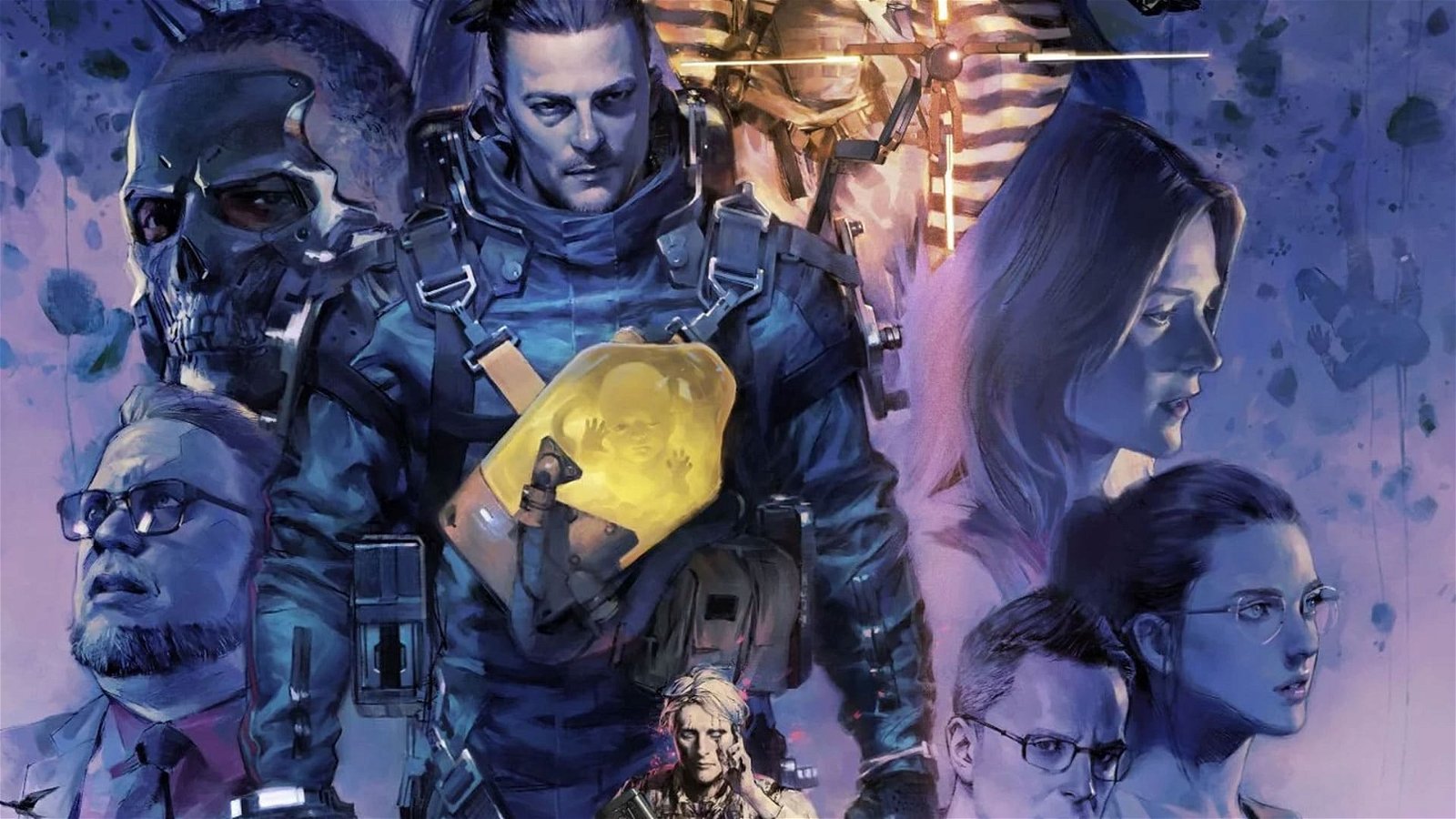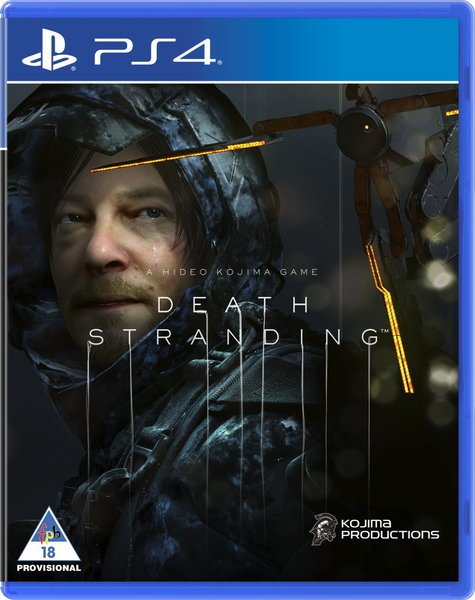Death Stranding is a game about making deliveries. About balancing packages on your back and walking them across a massive map. A game of being a mailman at the end of the world. It’s a dull task, and no amount of video game glamour can make it more exciting. Yet Death Stranding contains moments of devastating emotional power – of hope for the future – that make it a vital game to experience.
Death Stranding is a game about exploration above all else. As a porter, your most common actions will be delivering packages to various settlements around the map. These places can be separated by huge distances that you’ll need to walk across, trudging through muddy fields, snow-covered mountains, and rocky plains. They’re stunning places, to be sure. There’s a lonely beauty to these gloomy fields of green, gray, and white, striking views abound as you look toward the distant lands you’re walking to.
That said, these walks can be tiresome, taxing things. Settlements are often far apart, separated by dangerous terrain. On foot, it’s easy to stumble if you’re trying to hobble over big rocks, dropping and damaging your precious cargo. It doesn’t take much to slip and fall while trying to scale a large mountain to shorten a trip. If you can find or create a vehicle, these may get stopped by complex terrain, or just not be a viable way of travelling.

Terrain also grows increasingly challenging as you start carrying stuff. Sam can carry a lot of things, but these take up physical space on his back and body. You’ll want to balance items to keep his load from becoming too unwieldy (which can be done automatically with a button press), as carrying too much or carrying things in weird ways, makes him prone to tripping and falling, further damaging the goods you need to deliver.
These elements make something as simple as a walk into an exercise in planning and forethought. You can brute force your way through each area if you’re stubborn, but there’s a strange elegance in carefully planning your way, or through taking a challenging route with the right tools. This planning adds some interesting elements to something that is, essentially, a long, lonely walk.
Dangerous foes add a little bit of excitement to your travel if you don’t plan to avoid them. Mules are people who are obsessed with delivering packages – basically, what I assume Jeff Bezos dreams about every night. If you cross their territory, they’ll try to pound you and steal your goodies. Luckily, your fists are more than enough to take these guys down for the majority of the game (or you can just avoid them with careful planning).
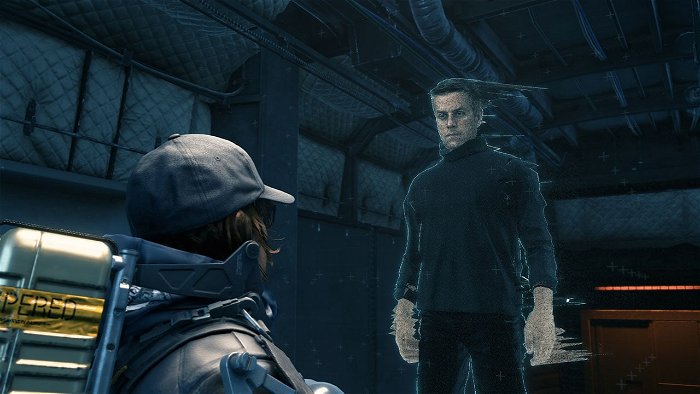
BTs are a far greater hazard. These invisible spirits stalk rainy areas, and you’ll have to creep about (periodically holding your breath to avoid detection) to keep from getting caught. If they sniff you out, you can run to try to escape their patrol area by running, but if you get grabbed, it will cause a colossal monster to show up. You can try to run from beasts as well or fight it, but if you fail, you’ll cause a terrain-damaging voidout that may make for a headache in your future travels.
These elements add further tension to your route if you aren’t careful, although both can usually be avoided by taking your time or planning a route around them. That said, fighting a massive octopus made of tar sure breaks up the monotony of a long walk.
You can avoid many of these troubles through building structures and items that will help you. Death Stranding features an array of things you can build to cross terrain or make travel easier, allowing you to choose if you want to stubbornly push through areas or try smarter routes. Ladders, bridges, roads, and more can be created to make your life easier.
What’s most useful is that major structures and vehicles can get shared online with other players. A safehouse a player builds in their world can show up in that of another, as can roads or charging stations. This gives the game a wonderful sense of community and connection, and you’ll often find yourself praising another player for their foresight when their lifesaving structure pops into view. It also feels more like you’re rebuilding a broken world, playing well with the game’s themes, and making your building feel far more important than just something that helps you with your deliveries. It feels like you’re really recreating the world.
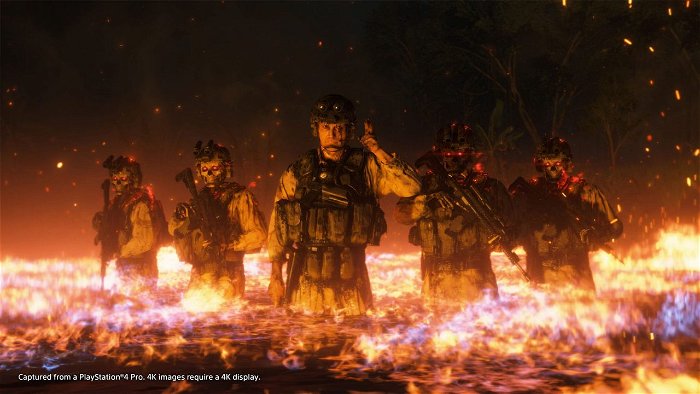
While this stuff makes travelling easier and adds a feeling of connection in a deeply lonely world, travelling and delivering packages for sixty hours (my personal playtime) may not be something you’re looking forward to. I can see some players enjoying this kind of experience, but personally, I found it could feel tedious at times. You are essentially just a postman in this game, taking packages from one area to the next. While the terrain and enemies can make this interesting, it can feel like you’re just walking back and forth during long play sessions.
Death Stranding also has a tendency to feel like it’s purposely wasting your time. You often have to walk to one location, then return to the old one again, doing a back-and-forth across the map when the missions and interference were already uninteresting. Fast travel exists, but you aren’t allowed to bring cargo when you use it, meaning you’d better savour that walk, as there’s usually no avoiding it.
I had hoped that the story would carry the sometimes repetitive play, and it often does, but not without issues. Kojima has crafted an intriguing narrative that kept my attention throughout, often keeping me pushing toward my next mission to see what happened next, but the narrative and its delivery are not as good as they could be.
The story’s pacing is all over the place, with huge chunks of the game offering no new story, followed by hours of cutscenes exhaustingly playing out all in a row. Characters often belabour subjects that aren’t that complex, but gloss over things the player needs to understand. A great deal of vital information is kept in exhaustive logs that would have been great to listen to as audio while you walked, but instead, have to be read.
Many characters just aren’t that compelling, either, showing little emotion and giving the player almost no reason to care about them. Mikkelsen is an exception, stealing the show with his performance, but many of the other characters come off as cold and unfeeling.
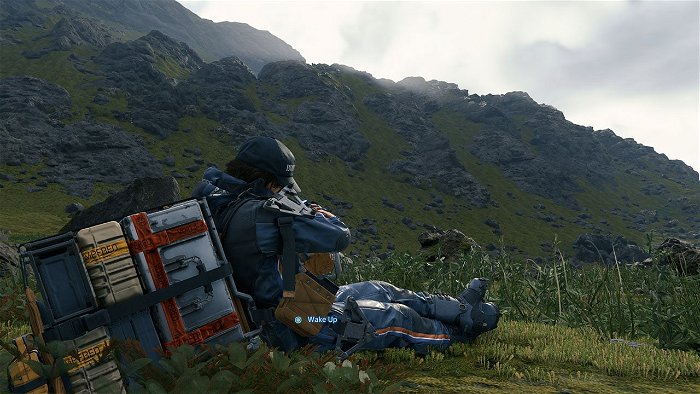
There’s a narrative reason for these stoic characters, but it doesn’t make them any less challenging to connect with as a player. This is because they show little sign of caring about things, yet I’m expected to believe they care a great deal when certain story beats occur. It’s believable that certain people keep their emotions in check, but it makes for a jarring transition when I’m supposed to think these people care. It masks their emotional development, making it difficult to accept change when it happens.
This emotional distance is also quite perplexing given the use of babies as equipment in Death Stranding. The babies (BBs) are used to detect BTs, and Sam’s connection with his BB is arguably a huge crux of the game. Yet, Sam infrequently shows any narrative attachment to the BB, which makes his sudden showing of attachment in certain cutscenes feel abrupt. Yet, oddly, it also DOESN’T feel abrupt because of the player’s interactions with the baby.
Your BB will get upset when you come in contact with BBs, murmuring in fear or bawling should you get captured. As a relatively new parent, these sounds cut me to my core, developing an instant connection with this tiny person. I wanted to keep them safe and make this world better for them. And I could by getting them out of danger, or taking a moment to soothe them in first person, rocking them by rocking the controller.
This sense of touch, combined with the realistic sounds (and some impossibly adorable animations), made me care for this child more than I have for almost any other character in gaming. There are story beats, therefore, that are on the verge of torture. That I gasped – actually released a real, relieved gasp – when they were done. I have never felt so completely shattered by a game.
I wonder if this is from a purposeful attempt to tug at the heartstrings, though. A baby is an easy thing to feel pity for and to want to protect, and implying danger for a young child seems an easy way to emotionally manipulate a parent or player. Still, in designing the ability to soothe the child, and in creating play that forces me to take them into danger, it creates a bond that is joyful and indescribably painful, and some moments I will never be able to forget.

While Sam’s connection to the baby may feel forced, my own was not. There are gameplay reasons to want to soothe your crying child, but I always did so because I couldn’t bear to see this tiny being in pain.
Being a porter is not the most exciting job in the world. I can see players bouncing off of this repetitive task despite the interesting elements involved in traversing a ruined wasteland. It’s compelling, but can also be exceedingly dull at points. The story isn’t always conveyed in ways that enhance the narrative, making it a clumsy journey to the end.
But traversing this place feels real. This grim future is hard, and rebuilding it should feel hard. It should feel like a slog and a chore because rebuilding a world isn’t always about the glamour of the action hero, but about the actions of one person putting in the hard, endless work needed to do it.
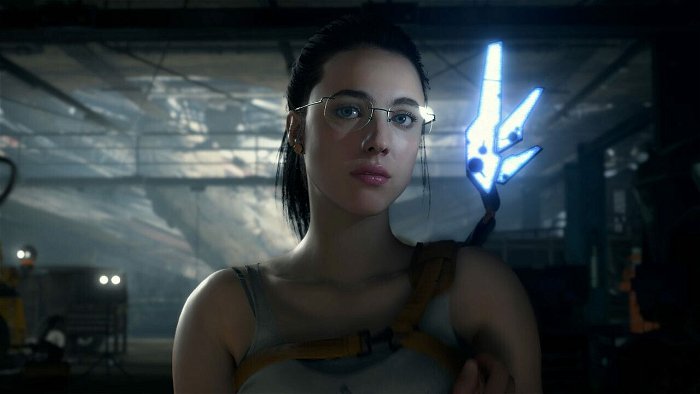
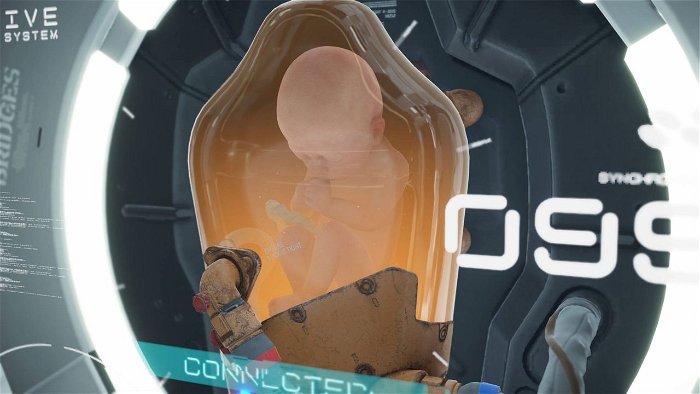




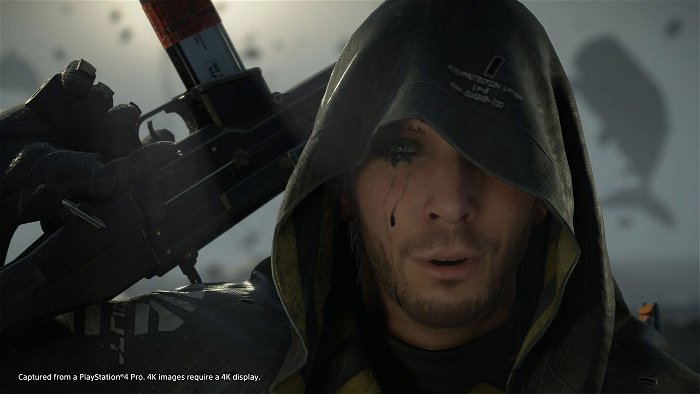
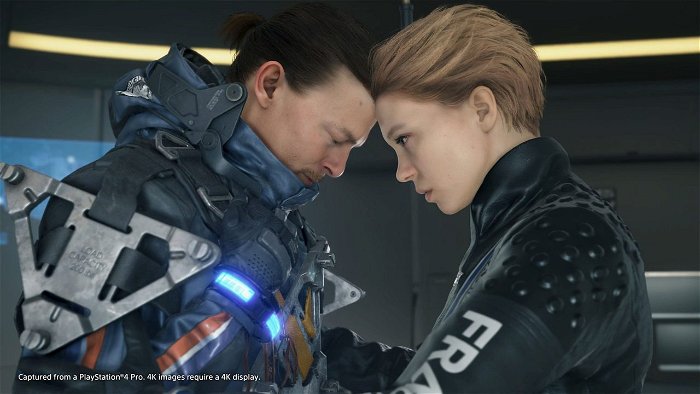
Sam is broken and often cold, but the world has made him that way. Has made many that way, which makes the small moments of emotion seem all the more powerful. They can feel forced, yes, but also can be revelations. The spark of life coming back to a barren person, much like the spark you provide to a dead world through your work. And through it all, there is that connection with your child. That powerful, hopeful, crushing bond so like that of real parenthood.
At times, I have hated every moment spent making deliveries, and yet I have felt strong connections with the game that I’ll never forget. I have been bored to tears, and yet I have felt uplifted in seeing hope and friendship come out of the gray dirt. I have felt detached from its cast, and yet I have felt a bond that left me gasping for air, tears streaming down my face for my love of a clutch of code that cries like a child.
